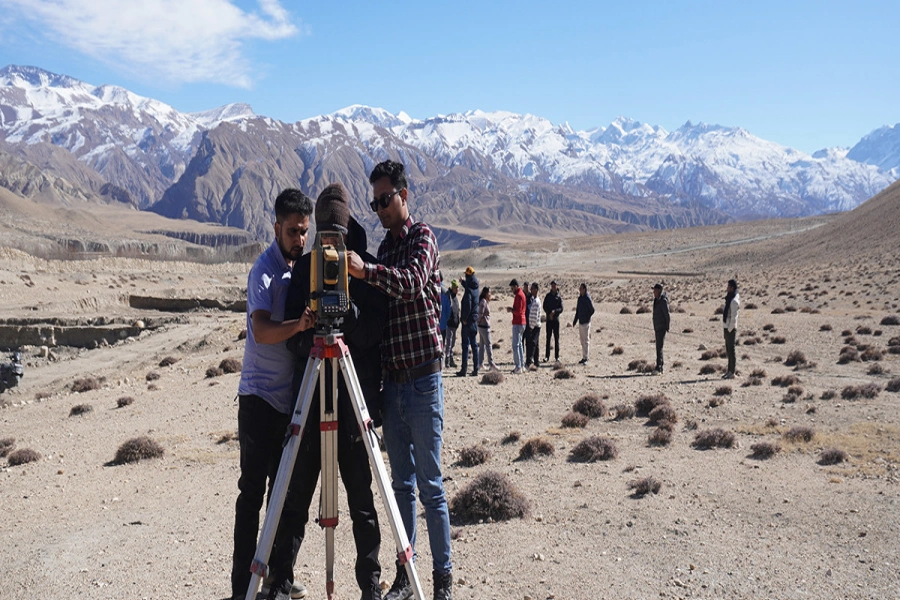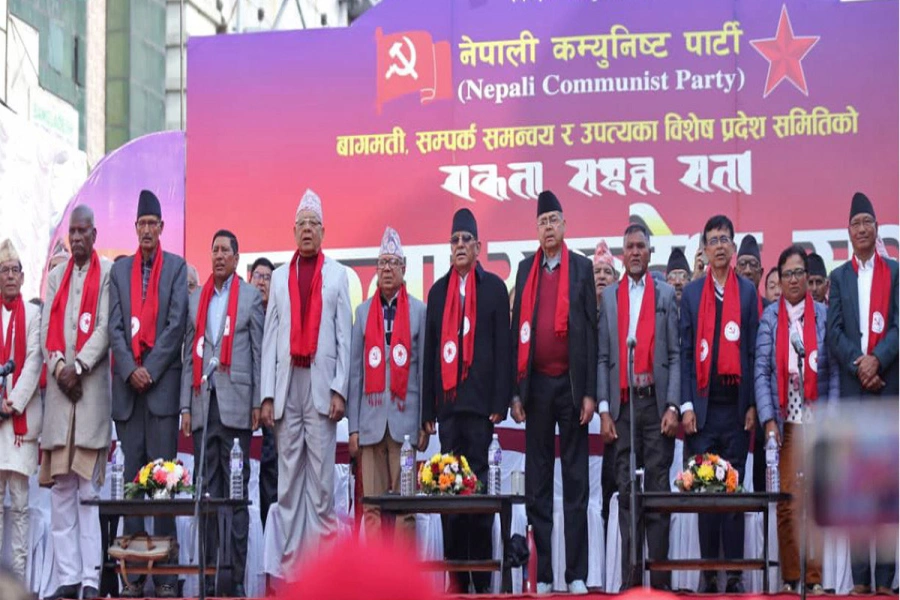KATHMANDU, May 22: As the government prepares to bring the migrant workers back to Nepal, the question on its capacity to hold the operation lingers. Not only because the number is huge, but also because there are challenges the government has to face in order to realize the plan.
The repatriation of a huge number is possible through Tribhuvan International Airport (TIA)- the one and only gateway for middle-east countries, where most Nepali migrant workers are. Given the number of people that are being listed for repatriation, the size of budget needed will be huge. Even if the government successfully brings back Nepali nationals, there will be challenges as to where to keep them for quarantine.
Suman Ghimire, joint-secretary at the Ministry of Labor, Employment and Social Security said that a work plan to categorize migrant workers as per their urgency is being prepared. “Workers who are stranded because of contract and visa expiration will be put in priority,” he said. The government in the first phase is planning to bring those who are having hard times abroad. The Supreme Court in April had issued an interim order to the government to bring back the Nepali nationals currently living abroad.
Malaysian govt decides to impose ban on migrant workers from Ju...

Aircraft of NAC and Himalaya Airlines are grounded because of suspension of both domestic and international flights in Nepal. With limited airport apron area, it will be a challenge to operate international flights at TIA. NAC has two Airbus A320-200 and two Airbus A330-200 in the international sectors with a seat capacity of 158 and 274, respectively. Aviation experts say around 800 people can be airlifted to Nepal in a day, if Nepal-based international airlines are used.
If the government decides to hold repatriation flights, the financial burden will be huge. Nepal has two international airlines namely: Nepal Airlines Corporation (NAC) and Himalaya Airlines. If the government decides to carry out special charter flights, NAC can financially benefit from it but with international air safety directives, the compliance can escalate cost for Nepal government.
However, Ghimire said, cost is not a problem right now, as employing companies will manage returning flights for those who have legal contracts. “There are chances that the countries from where Nepalis will be brought back from will help and if not we can make use of Nepal’s international airlines,” he added.
TIA has been busy making preliminary preparations for when it will come back to operation. “We have been making preliminary preparations with limited resources and manpower for when there will be flights to and from TIA,” said Debendra KC, general manager at TIA, “Markings are being drawn in immigration, baggage handler and seating areas for social distancing and each passenger will have to maintain 1.5 meter distance while in the airport.”
“Those who enter Nepal through TIA will have to go through screening and during their arrival, TIA will be managed in a way to prevent the spread of COVID-19,” said Raj Kumar Chhetri, spokesperson for the Civil Aviation Authority of Nepal (CAAN), “TIA will be directed to follow all safety protocols by maintaining social distancing in queues, baggage areas, among others.”
Chhetri said, “Once it comes into operation, flight crews will be asked to be extra vigilant regarding their health, also ground handlers and all the staffers will have to wear masks, gloves and frequently sanitize the areas they are working in.”
Even if the airport starts operation, the number of flights TIA had been operating normally will be cut down to half with safety protocols to follow. “There already was a directive for times like these but many ways need to be readjusted as per the situation,” KC said, adding: “The flights will drop because of the operation modality.” The TIA had been handling 28 flights a day while it was in operation.





































